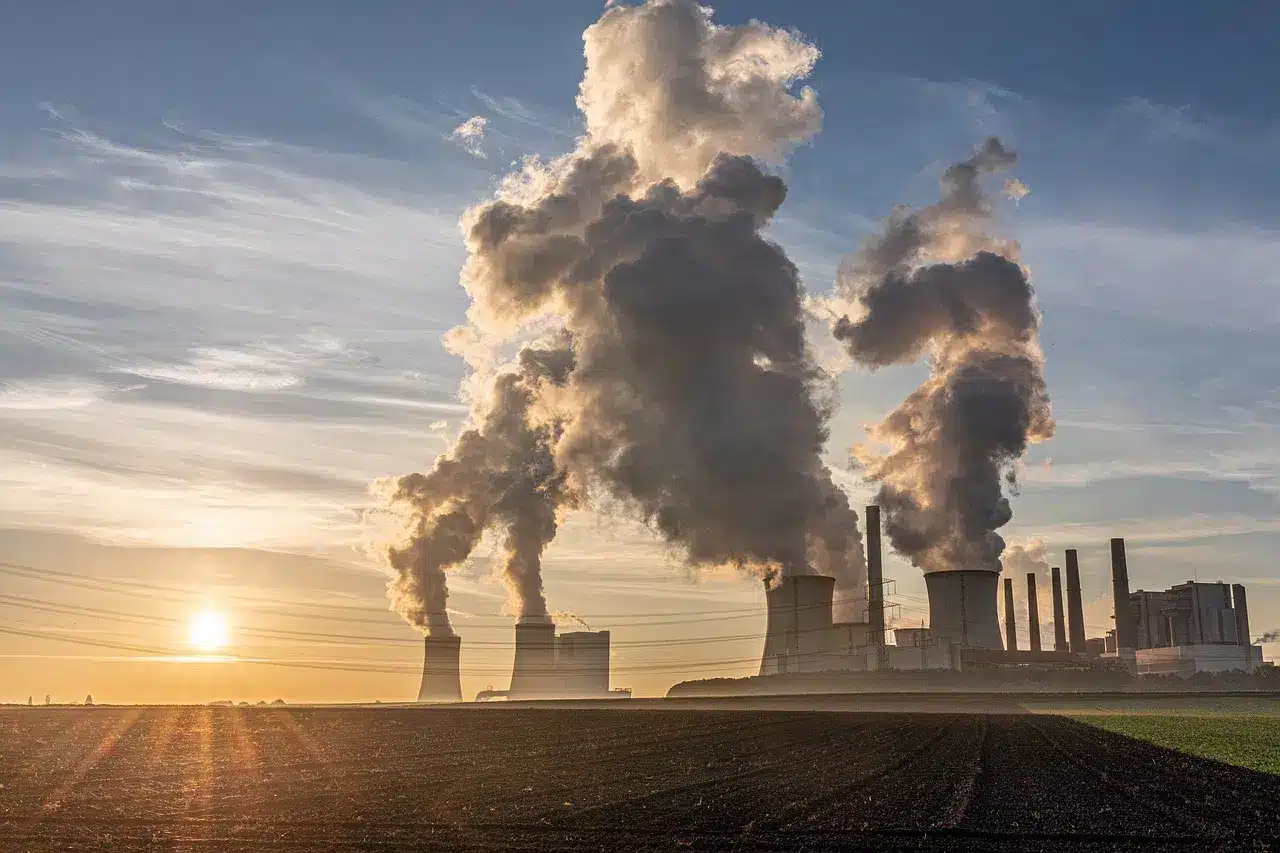The carbon market has been continuously expanding, and it’s not slowing down any time soon. Why? Increasing atmospheric concentrations of greenhouse gases such as carbon dioxide, methane and nitrous oxide are said to be a cause of climate change, according to the USDA. As the world dives further into how agriculture can offset those gases, everyone from consumers to farmer customers will have questions on the subject.
But, at the third annual World Agri-Tech South America Summit, experts are joining a panel discussion to help the agriculture industry understand more about carbon markets as they develop.
Seed World spoke to Nell Campbell, architect lead of carbon science and modeling North America for Indigo, to help learn more about carbon markets prior to the conference.
Seed World (SW): What you’ve been seeing in the carbon market — have you been seeing more players join the game?
Nell Campbell (NC): Since I started at Indigo in November 2019 I’ve seen an incredible amount of excitement, activity, and growth in the agricultural carbon crediting space. There is also a fair amount of confusion. For this endeavor to succeed, and by success, I mean creating value for growers based on real, measurable beneficial changes in agricultural greenhouse gas emissions — carbon credits must be held to a high standard of quality and scientific rigor. At Indigo, for example, achieving high standards at scale is our principal focus.
SW: Why should a grower/company keep an eye for the carbon market?
NC: Carbon presents a new revenue stream for growers, as well as a way to receive value for doing things that are beneficial to the environment and the climate. However, there is a lot of variability between programs. For example, one thing somewhat unique about our program is to ensure that the large majority of the credit (75%) goes back to the grower directly. Overall, I recommend staying well informed and keep looking for reliable up-to-date information, as this is a rapidly developing space. As one place to start, Indigo offers a Carbon College to help growers learn how carbon farming and carbon markets work.
SW: Do you think the carbon market/carbon credits are a viable endeavor?
NC: There is great deal of potential in carbon credits, alongside an equally critical need for carbon credits to be of a high quality – i.e. scientifically rigorous and verifiable. The potential has driven more than a decade of global development in carbon crediting methods and protocols. However, I believe it is only just now that we are entering an exciting stage of growth, driven by recent advances in science and technology that bring feasibility to achieving high quality at scale. Science-driven technology is the foundation of how Carbon by Indigo quantifies carbon credits.
SW: Can you give us a short summary on why carbon sequestration matters in the long run?
NC: When you are talking about sequestering organic carbon in soils, what you are really talking about is much more than just reducing how much carbon there is in the atmosphere. Soil organic carbon connects to how crops are grown, how healthy soils are, how soil biota are living their lives, and so much more. Sequestering carbon in soils is not an ‘or’ type of activity. It’s a key part of how we need to do everything we can to help growers achieve resiliency, environmental health, and climate change mitigation in our food supply.
SW: How do you think the seed industry can support the carbon market? What’s your advice?
NC: Plants are such an important part of what makes carbon crediting in agriculture possible. Not least because photosynthesis is how agriculture can remove carbon from the atmosphere, converting it into plant biomass that can then become a part of carbon in soils. The seed industry can help carbon markets through innovations in cover crop and cash crop breeding, for example with breeds that maximize soil carbon contributions and reduce demands for greenhouse gas intensive fertilizers. However, also keep in mind that there is no one-size-fits-all carbon farming solution. Seed companies can help make carbon farming easier for growers by taking a holistic approach in what they offer, i.e. not just offering a single crop for a single season, but having offerings based on thinking critically about what happens before and after.
SW: What can we expect to hear from you about at the World Agri-Tech South America Summit?
NC: I am always ready to talk in depth about standards for high-quality, scientifically rigorous carbon credits, and will likely focus on the need for transparency as well as independent expert review and verification processes.













